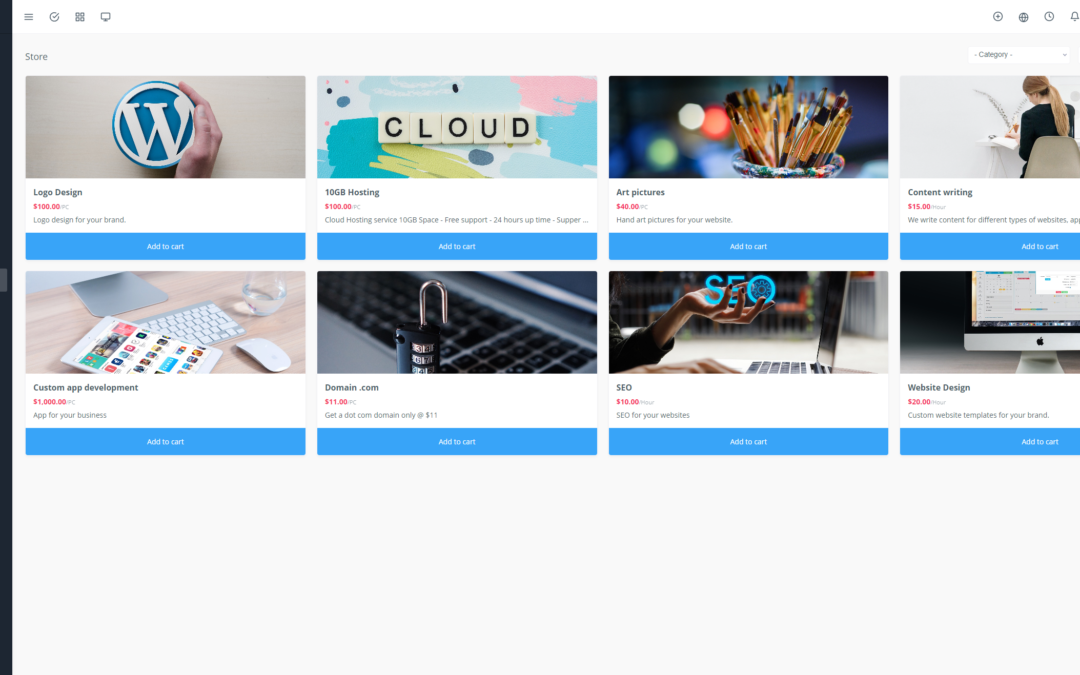In a world where speed and convenience reign supreme, customers crave seamless and efficient experiences. Self-service has become a necessity for businesses seeking to meet these expectations and stand out from the competition.
By enabling your customers to book appointments independently, you place them at the heart of the experience while optimizing your operations. Discover how self-service can revolutionize the way you manage appointments and maximize customer satisfaction.
The Benefits of Self-Service for Your Business 🏆
Self-service offers a multitude of advantages for your business, including:
Reduced Wait Times: Say goodbye to endless queues! Self-service allows customers to book appointments anytime, without having to wait on hold or physically visit your establishment. ⏱️
Increased Customer Satisfaction: Self-service empowers customers to control their own experience, choose the dates and times that suit them, and manage their appointments at their own pace. 📈
Improved Efficiency: Self-service reduces the volume of phone calls and appointment requests via email, freeing up your teams to focus on more complex tasks. 📊
Reduced Costs: By automating the appointment booking process, you reduce the costs associated with managing calls and emails, freeing up valuable resources. 💰
Self-Service Options to Meet Every Need 💻
There are several self-service options to empower your customers to book appointments independently:
Online Booking Platforms: Dedicated platforms like Calendly, Doodle, or YouCanBookMe allow customers to easily select a date and time that works for them.
Chatbots and Virtual Assistants: Integrate a chatbot on your website or Facebook Messenger page to answer customer questions and allow them to book appointments instantly. 🤖
Mobile Apps: Offer a dedicated mobile app for appointment booking to provide a personalized and intuitive experience for your customers. 📱
Customer Portals: Create a secure customer portal where your clients can manage their appointments, modify their information, and access important documents. 🔐
Tips for Implementing Self-Service Successfully 💡
For your self-service solution to be a success, follow these tips:
Define Customer Needs: Understand your customers’ expectations and tailor your solution accordingly.
Choose Appropriate Channels: Select the most relevant self-service channels for your target audience, taking into account their digital habits.
Provide an Intuitive User Experience: Ensure your self-service platform is easy to use and understand, even for the least tech-savvy users.
Offer Support When Needed: Implement a support system to answer customer questions and help them use the self-service platform. 🆘
Measuring and Optimizing the Success of Self-Service 🚀
Once you’ve implemented your self-service solution, it’s important to measure its impact and continually optimize it:
Track Usage Rates: Analyze the number of appointments booked via self-service and compare it to traditional methods. 📈
Analyze Customer Feedback: Gather customer feedback on their self-service experience and identify areas for improvement. 💬
Continuously Optimize Processes: Keep improving your self-service platform based on customer feedback and collected data. 🛠️
Examples of Success 🏆
Numerous businesses have successfully adopted self-service, including:
Doctolib: An online medical appointment booking platform that allows patients to book appointments with doctors in a few clicks.
Airbnb: A tourist accommodation rental platform that empowers travelers to book accommodations independently.
Uber: On-demand transportation service that allows users to order a ride in seconds.
In conclusion, self-service is a winning solution for businesses looking to improve customer satisfaction, optimize operations, and differentiate themselves from the competition. Empower your customers to book appointments independently, and you’ll witness a significant improvement in efficiency and customer satisfaction. 💪

